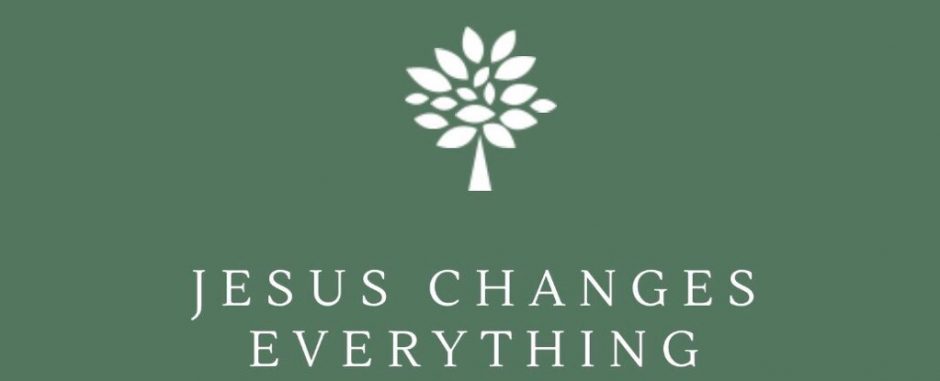
I was ordained, for the first time, in the Associate Reformed Presbyterian Church. It’s an interesting institution with an interesting history. It is the oldest Presbyterian denomination in the nation to have never had a split. It is also one of those rare breeds of institutions, those who drew near to the brink of apostasy and then drew back.
Long after the mainline Presbyterians had embraced theological liberalism, the ARP stayed the course. They sidestepped the modernist-fundamentalist controversy that gave birth to the Orthodox Presbyterian Church and the Bible Presbyterian Church. Decades later, however, slowly but surely neo-orthodoxy began to creep into the denomination. The neo-orthodox were those whose stance against liberalism was, shall we say, more like standing right next to liberalism. In fact, within a decade or two of its founding its most influential proponents had clearly slip all the way into liberalism.
The ARP, perhaps wanting to avoid the perceived stodginess of the Orthodox Presbyterians and the fundamentalism of the Bible Presbyterians styled themselves as the safe middle. At least, that’s what its leadership sought to do. Neo-orthodoxy had the advantage of being perceived as reasonably intellectually credible. One could be neo-orthodox and still be allowed to play the academics’ academic games.
It was, however, the laypeople in the denomination who came to the rescue. Much like the later conservative resurgence in the Southern Baptist Convention, the ARP cleansed their churches and institutions of the unstable hybrid that was neo-orthodoxy. They came out the other side, to their credit, looking much more like the ARP of old. In my lifetime some of the most faithful men of the church have served in the ARP or at ARP churches. Dr. Jay Adams pastored an ARP church. Dr. J. Richard deWitt was moderator for a time. Dr. Sinclair Ferguson and Dr. Derek Thomas served in the ARP. These, however, were all well after the resurgence had taken place. The laity in the denomination had the sense not to buy into neo-orthodoxy and the courage to root it out.
Which should teach us at least two things. First, academic attainment is no hedge against theological drift. In this battle, in fact, the bad guys wore academic gowns and the good guys wore overalls. Loyalty to the Lord, and indifference to the approval of the world, these were what enabled the laity to recognize that the emperor wore no clothes. Which means these are the qualities we ought to be pursuing for both clergy and laity alike.
Second, elders matter. The ARP makes a distinction in the callings of ruling and teaching elders. It makes no distinction between their respective authority. The ruling elders were the heroes of the story. How easy it is for us to see elders as a kind of board of trustees, successful businessmen tasked with making important business decisions but ill-equipped to wrestle with the text of the Bible. How wise of the heroes of the story to understand both their authority and their calling. Elders, as would be obvious if we would but read the qualities required of them in Scripture, must be men of character and integrity. Not perfect, but faithful.
